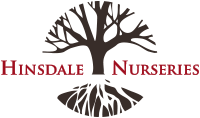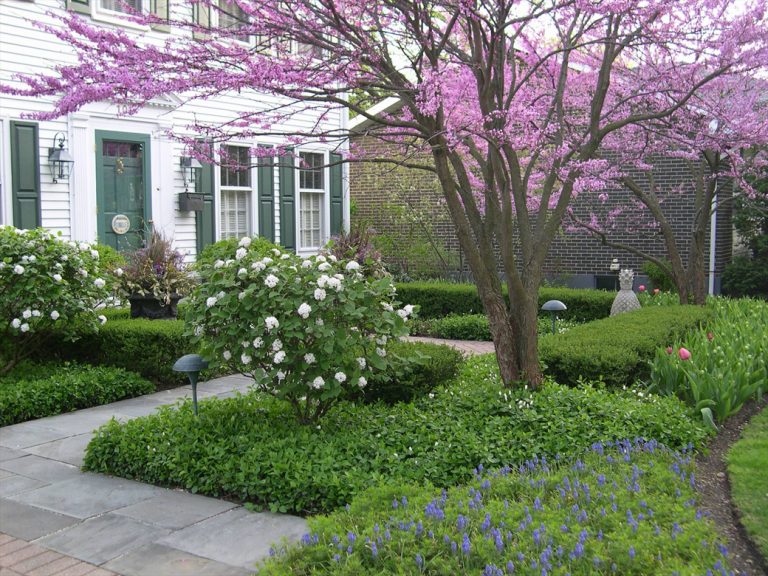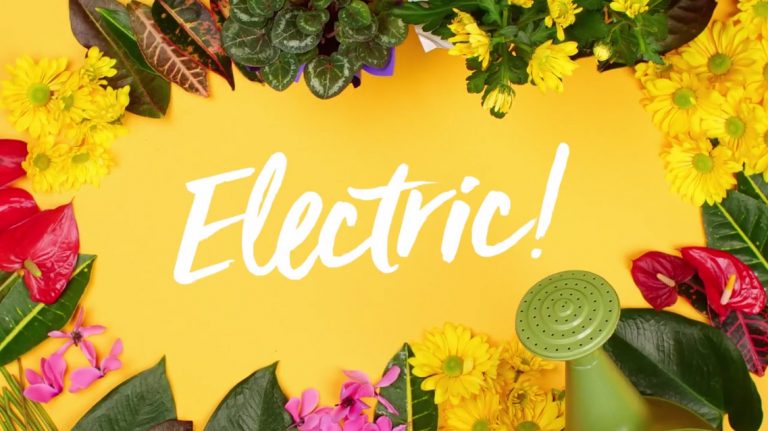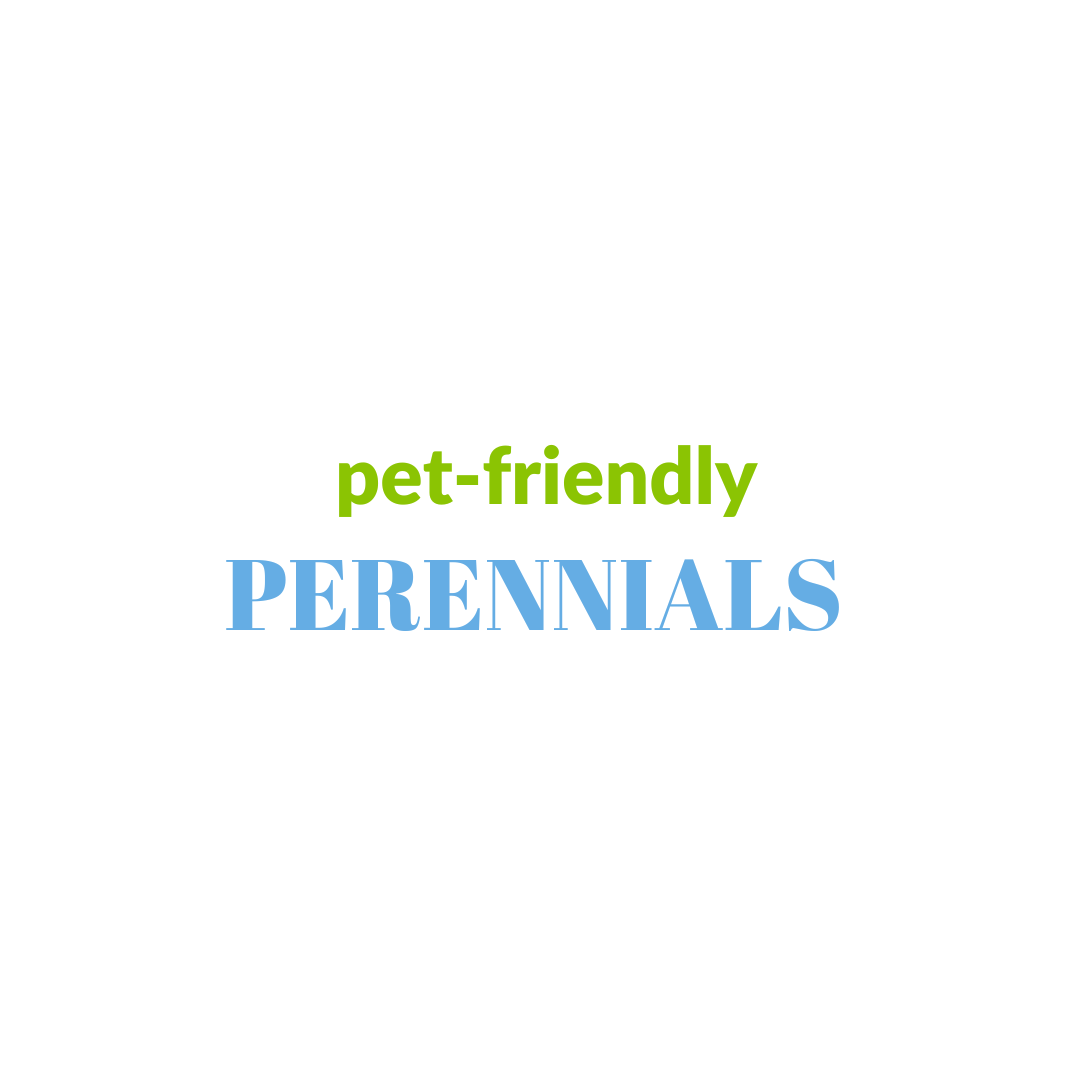
Bees are the unsung heroes of our food supply, tirelessly pollinating farmers’ fields and ensuring our plates are filled with delicious fruits and vegetables. Unfortunately, bees face numerous challenges, including habitat loss and pesticide use, which threaten their survival. But fear not, fellow gardeners! With a few simple steps, you can become a superhero for bees and create a buzzing, bee-friendly haven right in your own backyard. Let’s dive into some exciting tips and tricks to make your garden a paradise for these incredible creatures.
Feed the Bees: A Blooming Banquet
To attract bees, it’s essential to provide them with a diverse range of nectar and pollen sources. Here are some of our favorite bee-friendly plants that will have your garden buzzing with activity:
Trees: Serviceberry, Common Hackberry, American Redbud, Hawthorne, Honeylocust, Kentucky Coffee Tree, Tulip Tree, Crabapple, Linden, Blackhaw Viburnum.
Shrubs: Chokeberry, Summersweet, Northern Bush Honeysuckle, Winterberry, Sweetspire, Privet, Ninebark, Spirea, Blueberry.
Perennials: Yarrow, Beardtongue, Hyssop, Russian Sage, Ornamental Onion, Black Eyed Susan, Butterfly Weed & Milkweed, Sage, Aster, Bellflower, Tickseed, Purple Coneflower, Liatris, Bee Balm, Catmint.
Annuals: Alyssum, Bidens, Cleome, Cosmos, Heliotrope, Herbs (allowed to flower), Lantana, Nasturtium, Sunflower, Verbena, Zinnia.
Bee Chemical-Free: A Healthy Haven
Pesticides used to eliminate harmful bugs can inadvertently harm bees. Stressful plants are more prone to insect attacks, so maintaining a healthy garden ecosystem will reduce the need for chemical controls. Remember, always choose the right plant for the right spot to promote natural resistance and avoid using harmful pesticides.
Vary Bloom Times: A Year-Round Buffet
Bees need a continuous supply of food throughout the year. By incorporating plants that flower at different times, from spring to fall, you’ll ensure that bees have access to nectar and pollen all year long. This abundance will allow them to collect enough honey to survive the cold winter months.
Incorporate Simple Flowers: Less Frills, More Thrills
While double-bloom flowers may be visually stunning, they often contain fewer nectar-rich resources for bees. Opt for single blooms with easily accessible inner flower parts, providing a direct path for bees to reach their reward. Embrace the simple and let your garden flourish with bee-friendly flowers.
Provide a Drink: Cheers to the Bees
Just like us, bees need water to stay hydrated. Create a safe haven for our buzzing friends by adding some pebbles to a birdbath or shallow water bowl. These pebbles will give bees a landing spot while they sip on freshwater, ensuring they stay healthy and hydrated.
Congratulations, gardeners! By following these engaging and fun tips, you’ve embarked on an exciting journey to save the bees and protect our food supply. With a bee-friendly garden, you’re not just creating a beautiful oasis, but also providing a lifeline for these industrious pollinators. So, let’s get gardening and make a buzzworthy difference—one flower at a time!
Ready to transform your garden into a buzzing paradise? Visit Hinsdale Nurseries today and explore our wide selection of bee-friendly plants. Let’s make a difference together!
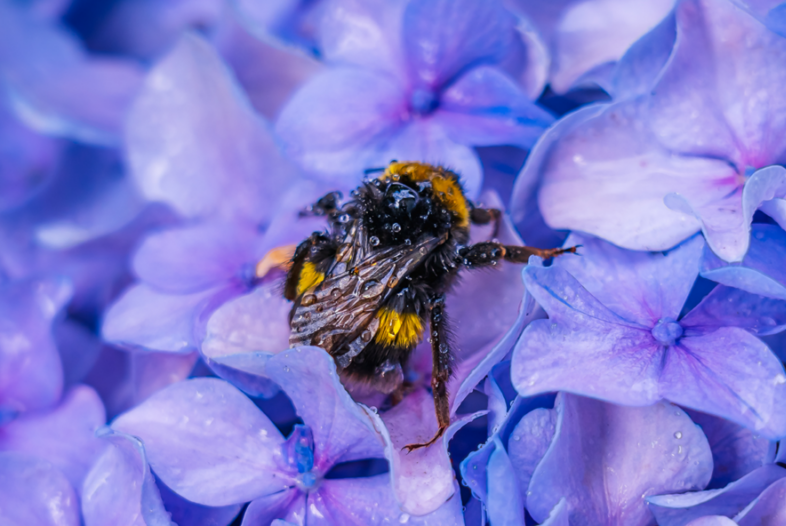
Connect with Us!
630-323-1411
7200 S. Madison St.
Willowbrook, IL
Blog: https://hinsdalenurseries.com/blog
Facebook: https://www.facebook.com/HinsdaleNursery
Pinterest: https://www.pinterest.com/hinsdalenursery/
Twitter: www.twitter.com/HinsdaleNursery
Instagram: www.instagram.com/Hinsdale_Nurseries/
YouTube: https://www.youtube.com/channel/UC5GUOu9abCvL9ZDNJBSunrA
Website: https://hinsdalenurseries.com/
